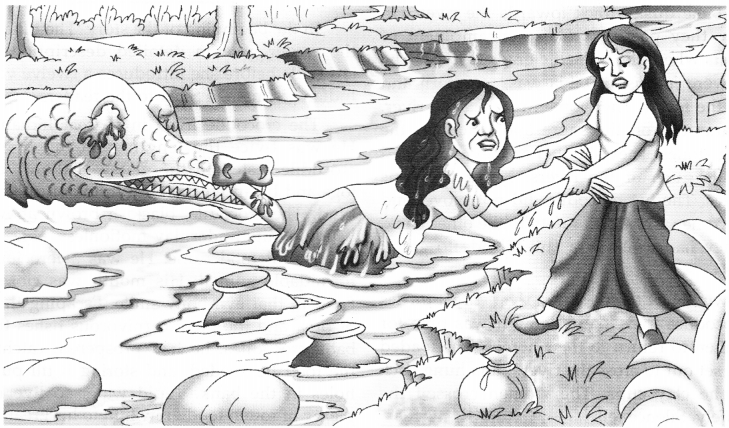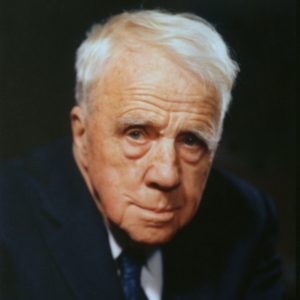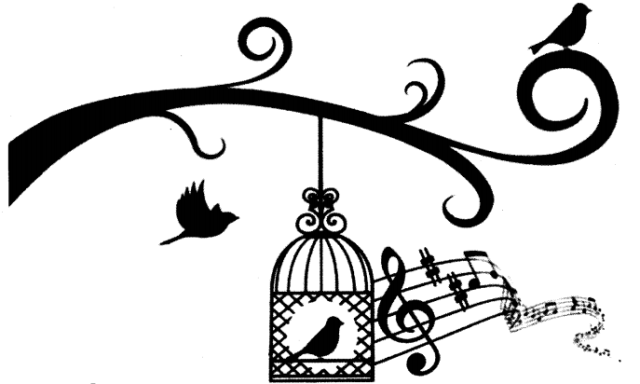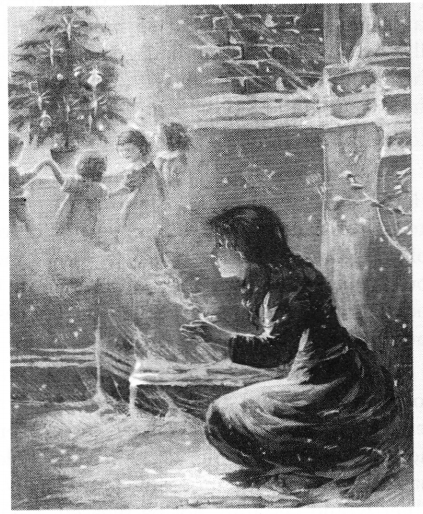We have decided to create the most comprehensive English Summary that will help students with learning and understanding.
The Blue Bead Story Summary by Norah Burke
The Blue Bead Summary by Norah Burke About the Author
Norah Burke was born on 2nd August, 1907 in Bedford, England. She was a well-known English novelist and non-fiction writer famous for its description of life in India during the early twentieth century. Her father, Redmond St. George Burke was a forest officer in India and her early childhood was spent in the Indian forests. The Indian jungle and her interactions with its wild animals inspired her autobiographical travel books Jungle Child, Eleven Leopards and Midnight Forests. She also wrote a shot story Journey by Night.
Her education was done with difficulty due to constant change of camps and carrying their belongings on elephant backs but she learned to write at the age of eight and started writing stories straight away. She returned to England in 1990. Her first novel Dark Road was published in 1933. By 1950, she had published eleven novels and her short stories and articles had appeared in more than 100 periodicals. Apart from this she’s also an enthusiastic travel writer. She married a lawyer and had two sons. She lived for many years at Thorn Court near Bury St. Edmunds and died in the year 1976.
The Blue Bead Summary of the Story
It is a short story by Norah Burke which is centered on a young girl, Sibia. There is a giant crocodile too which lives in the river for a long time. The girl with her mother and some other women goes to collect the paper grass from the cliffs above the river. On their way, they pass a Gujar encampment of grass huts where the nomadic grazers live till their animals finish all the grazing or are unable to sell their white butter and white milk in the district or there is no one to buy the young male buffaloes for tiger bait. The Gujars are junglis (wild) like Sibia is.

While crossing the river, they make a lot of noise to keep the crocodile away. They climb a hillside to get the grass, and down below them runs the broad river which bears Great turtles, kingfishers and mahseers. In the evening the women have to cross the river again to go back home. On one such evening, when the women are returning, one Gujar woman walks on to stepping stone to fill the gurrahs with clean water. She comes within the yard of the crocodile when it attacks her. The crocodile pulls on her leg and drags her into the deeps of the pool. Blood spread everywhere.
Sibia watches this and jumps into action. She aims at the eyes of the crocodile and drives the hayfork, one pointed part goes in it eyes. It crashes back and disappears. Sibia somehow drags the fainting woman and helps her home. She goes back to get her fork and sees the blue bead. She is happy to get it for a new necklace.
The Blue Bead Summary Theme
It’s a jungle adventure which excites every class of people. The writer has given a lively description of characters as well as the huge crocodile. There is perfect blend of thrill and suspense. Sibia, a twelve year old girl catches the attraction of readers through her actions. She does not belong to a wealthy family but finds happiness in all the little things.
Blue bead in the end represents her happiness as she grew up in poverty and faced many hardships for survival. There is conflict between human and nature. The strange thing is that the protagonist is a human being and the antagonist is an animal which reveal their direct statements. Woman is attacked by a crocodile and saved by Sibia. Courageous deeds can save a community.
There is a rich usage of figures of speech like metaphors in the line. ‘But now she came on wings choosing her footing in midair’, ‘all her little golden body decorated’, ‘cold silk water’. Alliteration in ‘sun- whitened stepping- stones’, ‘it lay in her sweet wet palm, perfect, even pierced’, ‘blue bead’, ferocious and formidable’, lay lapped. Simile in ‘he was showing dawn colored silk that was pouring like silk’, ‘leaping like a rock goat’ and Imagery. Onomatopoeia – ‘bang’, ‘slushing’. Another theme could be that something insignificant for one may be extremely important for other. There is no place for physical harm in the story.
The Blue Bead Summary Characters
Sibia
Sibia is the protagonist of the story. She is a young girl of twelve years who is the center of attraction. It’s not that she belonged to a very high class or had an extraordinary qualification or a wealthy social status. Rather she led a simple life who tried to find happiness in all the small things. She lived in poverty so she had ordinary expectations like she was interested in the natural jewelry made by the seeds that rattle round her neck. She appreciated little things in life like watching Kashmiri merchant selling silks, smell of the wonderful dressing of the cloth stall etc.
She felt ecstatic when she found the blue bead which projected her innocent and childlike quality. She was brave, laborious, courageous and extremely observant. Another quality that sometimes the adult lack was the ability to take decisions quickly and she displayed this quality when the Gujar woman was carried away by the giant crocodile and she immediately ran beside the shrieking woman without thinking anything and without wasting a moment. She showed the act of heroism by saving her life from the ferocious animal. Thus she made a significant place in the story.
The Blue Bead Summary Word-Meanings
- dislodge – remove from established position
- jostled – push roughly
- cliffs – a steep rock face
- juggernaut – a very large transport vehicle
- propelled – revolved
- tinged – colored
- snap – move
- fend – support oneself
- putrid – rotten
- tepid – lukewarm
- armoured – protective covering
- long-snouted – long projecting nose
- shoals – underwater sandbank
- perforated – piercing
- shrill – high pitched sound
- ford – shallow place where a stream may be crossed
- rancid – smell or taste like a stale butter
- ebony – black
- toddle – walk with short steps
- husked – dry covering
- rattling – making rapid hard sounds
- encampment – settle in a camp
- nomadic – tribe that roam for pasture for its animals
- gurrahs – earthen or metal pots for carrying water
- gaunt – lean and exhausted
- bicker – quarrel about unimportant thing
- swooping – sudden downward rush
- dawdle – walk slowly
- squeaked – a short high pitched cry
- slushing – partly melted snow
- livid – furiously angry, bluish grey
- clatter – rattling sound
- flails – swing wildly
- prong – pointed part
- wobbling – unsteady, quivering.





